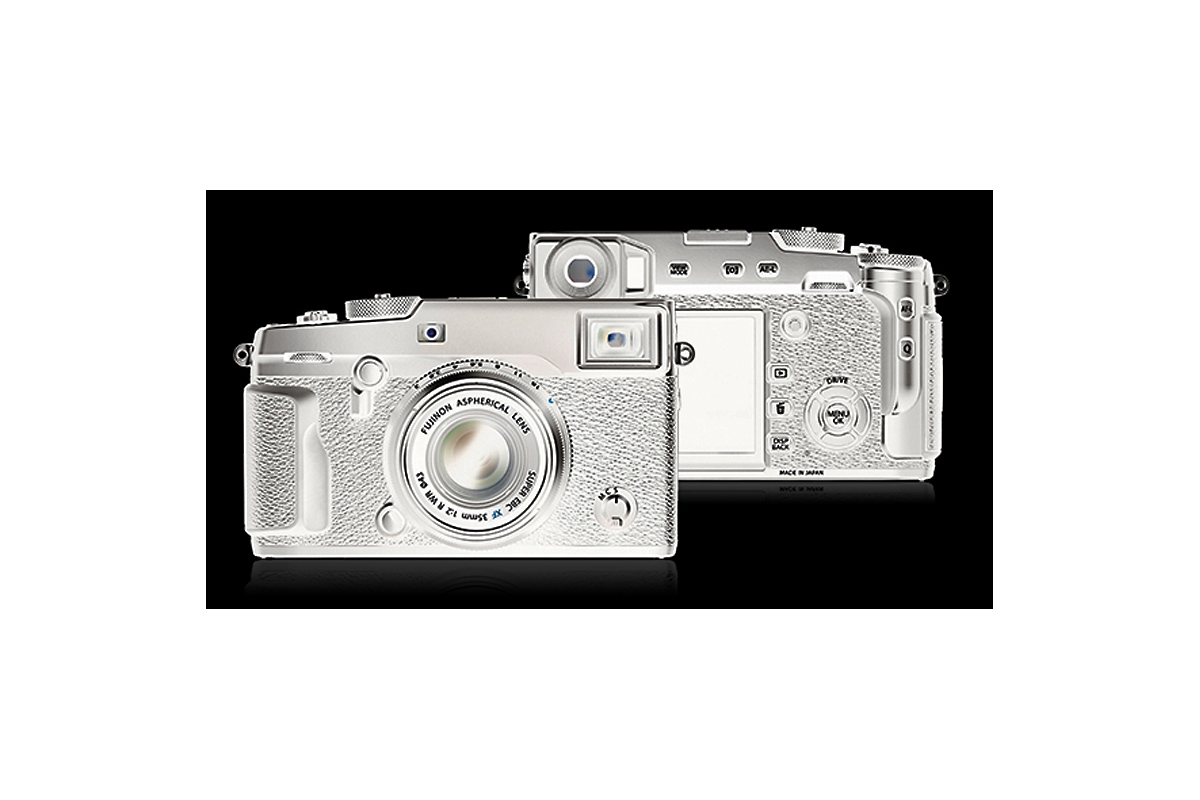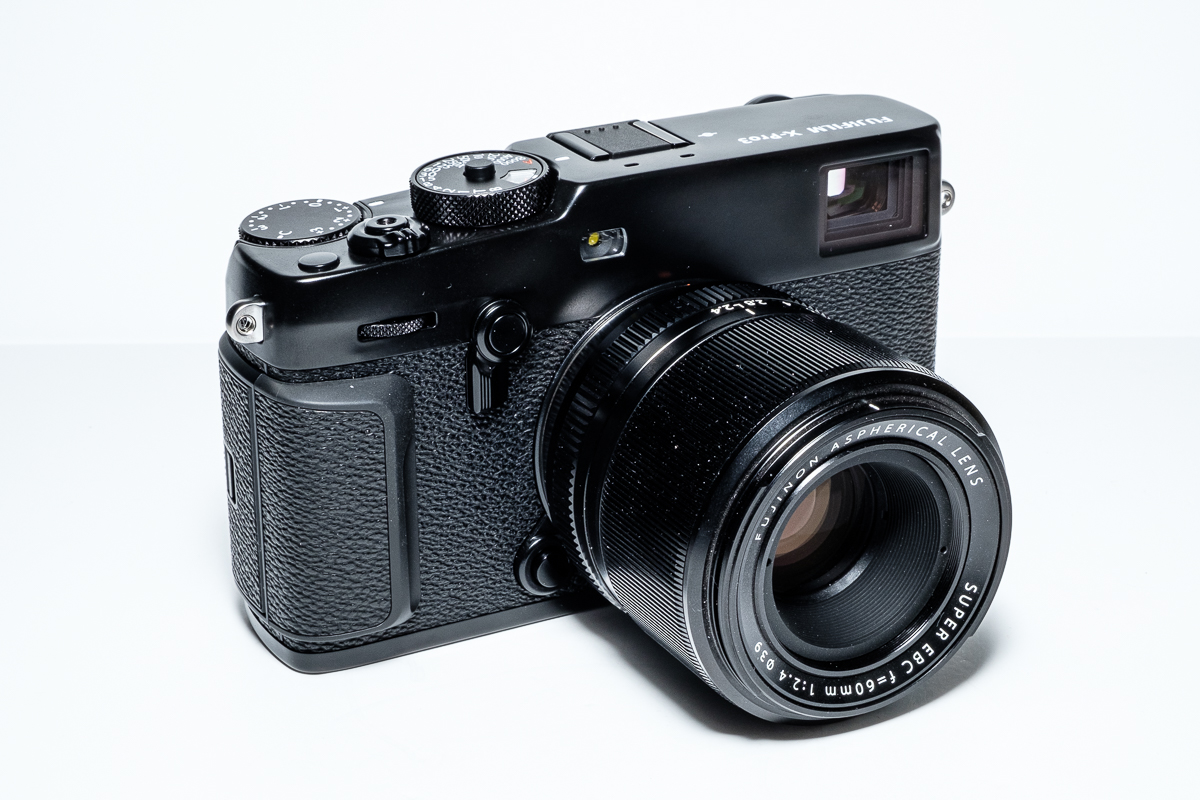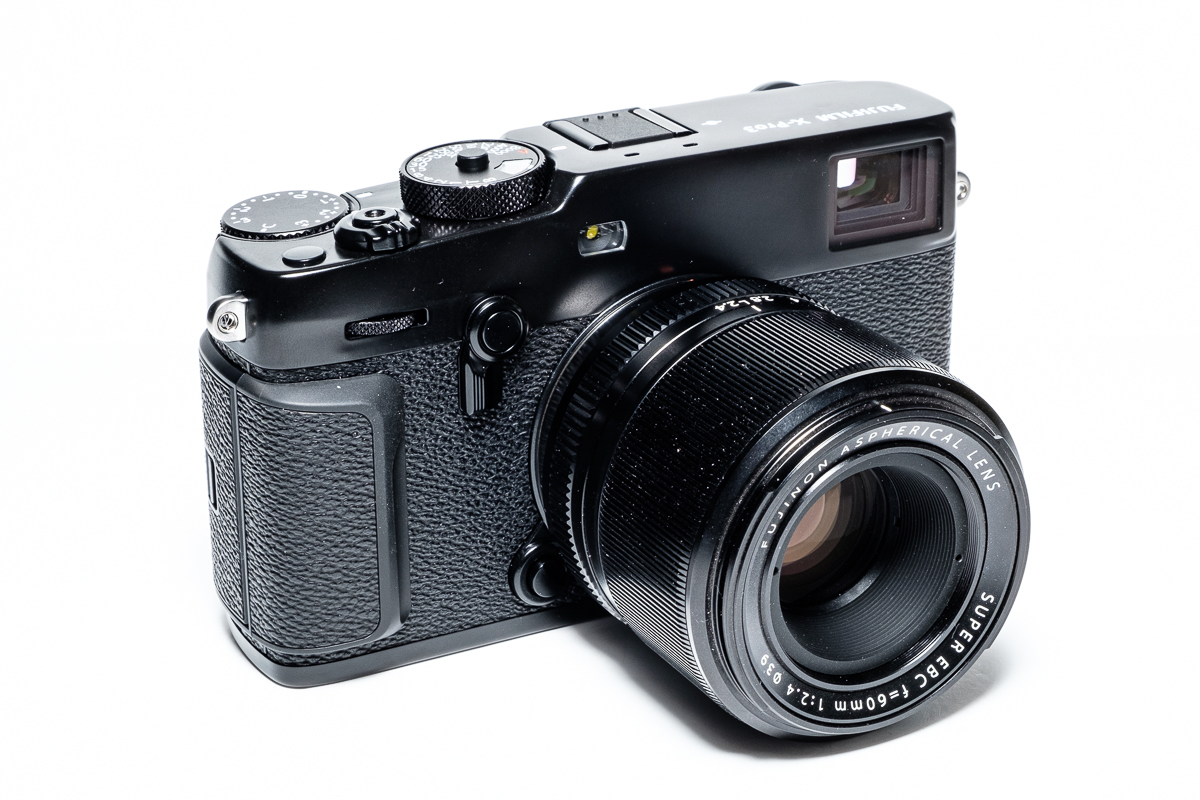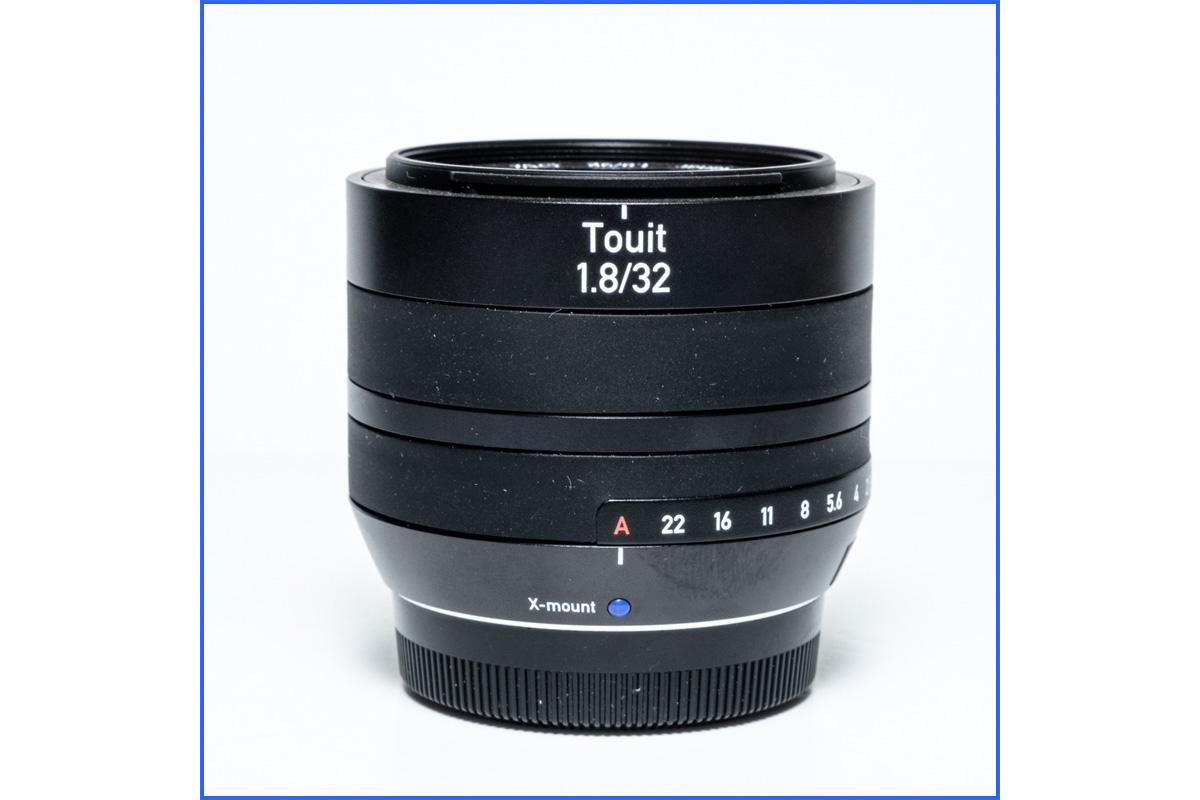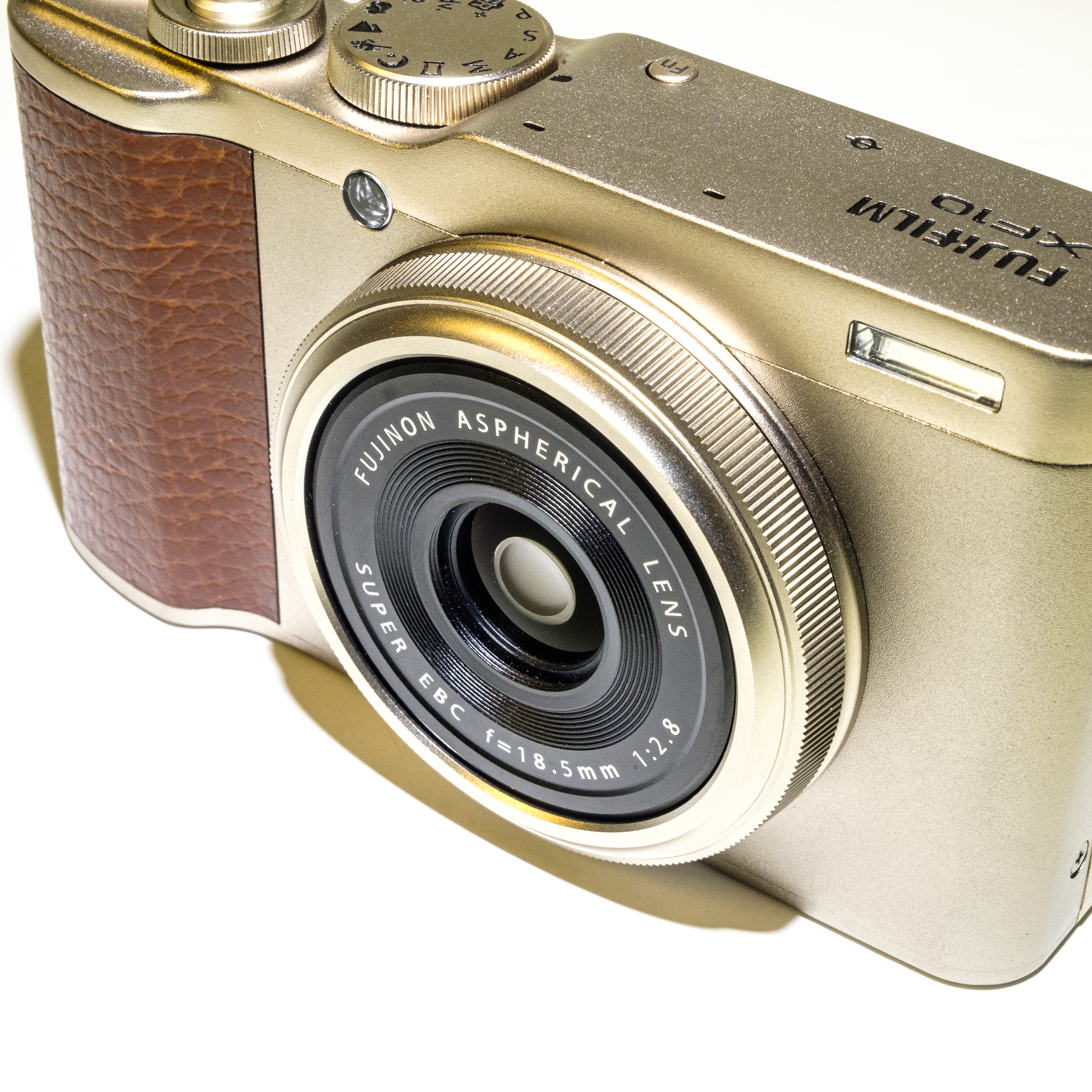28 Jan Fujifilm X-Pro3 – Second Guessing The Third Body
As readers of this column and of all the other on-line digital sites, you will be familiar with a fan-boy forum fight. That ever-so-slightly passive-aggressive set of exchanges that develop whenever any one writes about a new product. There can be flurries of anger if anything is criticised and equal flurries if no opinion is offered. If you think this is petulant and childish, I can only point you to the British sites that deal with scale model airplanes; look for the discussions about green cockpit paint...


